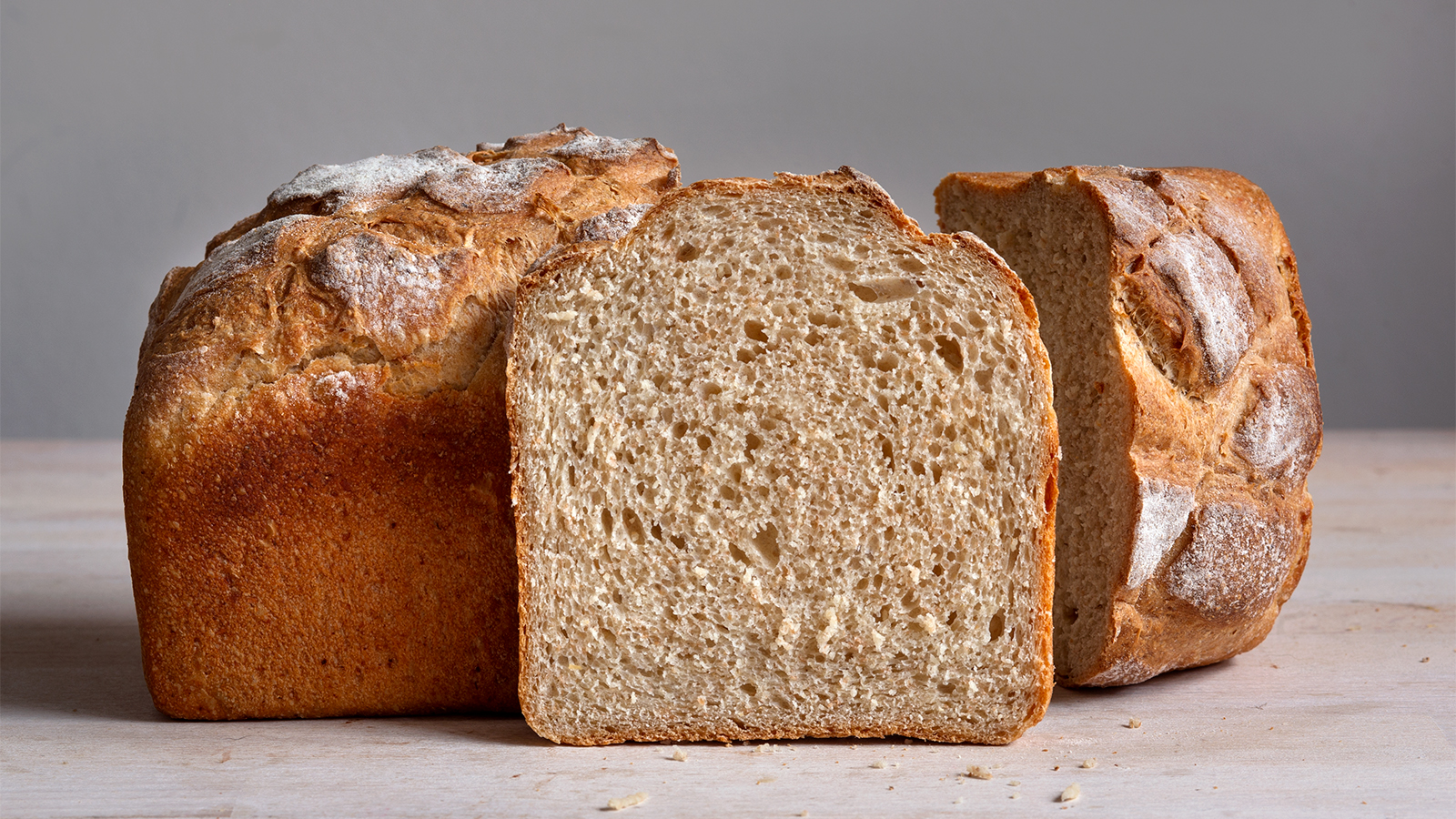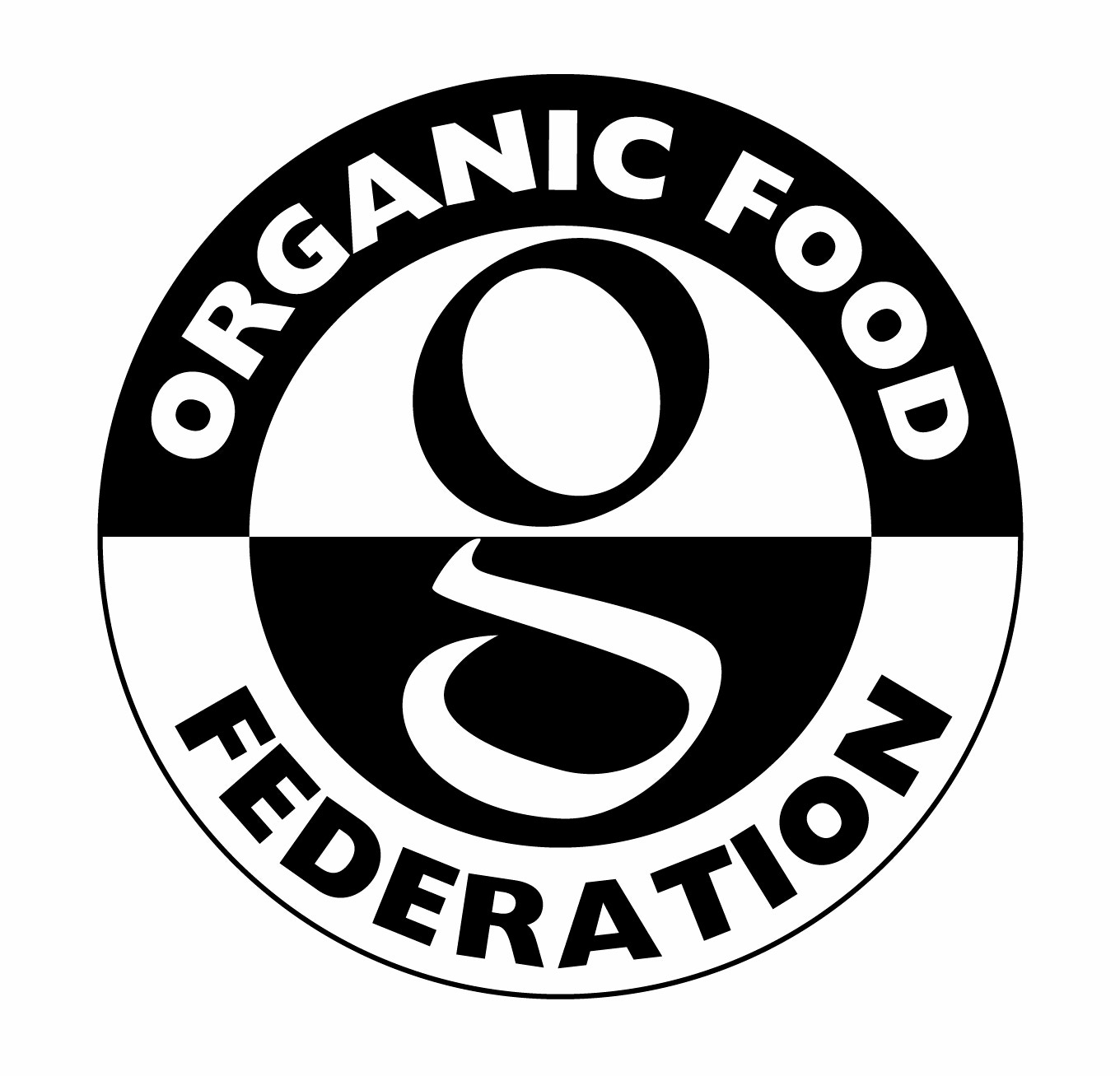What is… strong flour. I guess by the name strong flour has strength, but what does that mean?
If a particular flour contains high-quality protein that in tests produce a elastic, resilient dough, then it’s correct to describe it as strong flour. In the USA the more straightforward term “bread flour" is used, and baking bread is what strong flour should be good for, or wherever you need a flour that will produce a very elastic resilient dough.
So strong flour is bread flour?
Kind of. Certainly, in the old days, before Trump, Putin & Boris. But today, right now, extremely created talented bakers are making fantastic bread with all sorts of flour previously thought of as “bad for bread”. So it’s best to think of “strong flour” as flour that’s high in protein, with excellent strong gluten characteristics.
How does it have more protein? Do they add protein shakes, feed it steak, play wrestling videos as it’s milled?
It’s all to do with the variety, growing conditions and physical characteristics of the wheat varieties chosen. The main reason a flour has more or less protein is to do with the type of wheat used: some varieties make for higher protein and better gluten-forming ability than others. These are, like most things in life, often more expensive. So it is rumoured that some millers might add in dry gluten to “balance” the baking quality of a flour. Whether that’s a good or bad thing depends on what you’re after: a particular performance or result from the flour, or an authentic farm-to-table result. And there’s no easy answer to that. For bakers, there can be the dilemma of customers who’ll say “I want the most organic, authentic flour for my bread” and then proceed to dismiss breads that are too heavy, crumbly, dark-crumbed in favour of fluffy whiteness.
But the other issue, particularly for artisan millers producing strong wholemeal flour, is the size of the grain and the ratio of bran and wheatgerm to the floury endosperm inside. If grain is small, then the flour will have more bran etc in proportion to white flour, and that will effectively make the strong wholemeal flour handle as if it has less gluten than the same style of flour milled from larger wheat grains. And the size of the grains can be affected by growing conditions that the farmer has no control over. So, if you want to totally support the farmer then - at the baker and customer end - we have to be tolerant and accepting of variations in the performance of the strong wholemeal flour.
And what is Very Strong Flour, is that like “very extra virgin”, just more of the same? And sometimes it’ll say “Canadian” or “Manitoba” also, do they grow’em extra strong & beefy over there?
Well, when you see words like - very, extremely, Canadian, Manitoba - before or near the words “strong white flour”, what the miller is trying to shout to you is that their flour’s gluten-forming and quality is at the very top end, expect the protein to be around 13% - 14.5%. Flours like this are especially useful for extra-long fermentation and punishing mixing techniques, as well as cutting with other flours to help boost the elasticity and resilience of the dough.
Generally today, though, cutting edge artisan bakers tend to check their technique first and make sure they’re working thoughtfully with the flour they have before reaching for these extreme protein flours.
So what does a high level of protein mean in terms of numbers?
As a very basic guide look for a protein level between 11.5% - 14% but it’s a bit more complicated than that as that protein needs to perform well when tested. It’s possible for a flour to have a high level of protein but be imbalanced in gluten-forming ability. It could be very extensible but not very resilient. Great for pizza, not so good for burger buns. So you also have to factor-in what you’re making with it.
But hang on, nearly every packet of strong flour I see says it’s good for everything, from pizza to tin loaves to making dog biscuits. Is that true?
Well today there’s a fear that if the marketing of flour isn’t all-embracing it won’t sell it well. So the descriptions will say “good for everything” even if the reality is that different flours produce different results that may or may not suit what you had in mind.
Does how strong flour is milled affect the result I’ll get when baking with it, if it’s stone-milled or roller-milled?
Very good question. Now I’m vastly generalising here: roller-milled strong white flour produces a very fine flour that likewise produces a smooth elastic dough, as it is extremely efficient in pulverising the endosperm (white part of the grain); while stoneground flour tends to produce a less-elastic dough (as it inadvertently contains more of the bran, though less-fine bolting, in order for the miller to get a decent throughput and not lose too much in sieving). Of course, the method and baker's technique is hugely influential here: I’ve seen bakers turn the bran-iest stoneground flour into the lightest bread. But for general bakers, expect stoneground strong white flour to produce a heavier result with a closer texture, compared to roller-milled strong white flour, and enjoy it when it happens.
So what is strong wholemeal flour?
It’s wholemeal flour – containing 100% grain including the bran – milled from wheat high in protein that has good gluten-forming capacity.
Great, sounds like the perfect flour for super-aerated bread with all that bran’y flavour.
Not quite. Yes, lots of flavour but with reduced stretch and aeration compared to strong white flour. And it’s the very thing that’s giving you the flavour – all that bran and wheatgerm – that’s reducing how aerated the dough might turn out. Again, there are bakers better than me that can miraculously create marvellous aeration with wholemeal flour, performing a kind of alchemy to my mind, again the general tendency for the bran and wheatgerm in wholemeal flour encouraging a closer, more compact texture. I guess my point is: don’t be surprised if wholemeal flour produces a bread with a heavier, soft and somewhat crumbly texture, but instead see it as a characteristic to be appreciated.

























